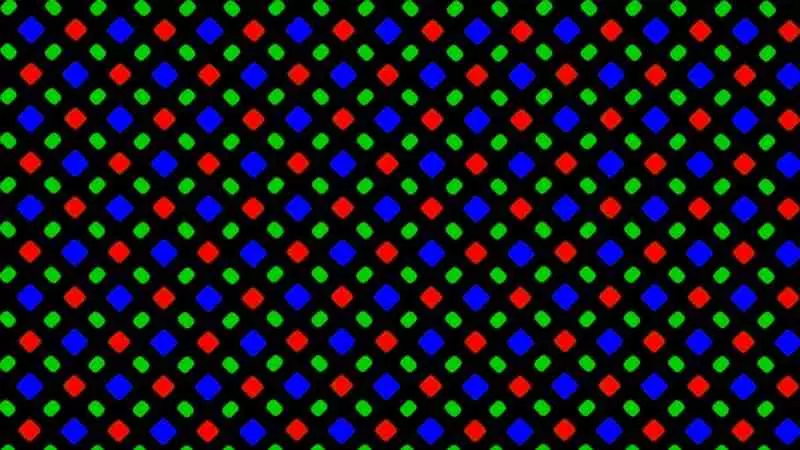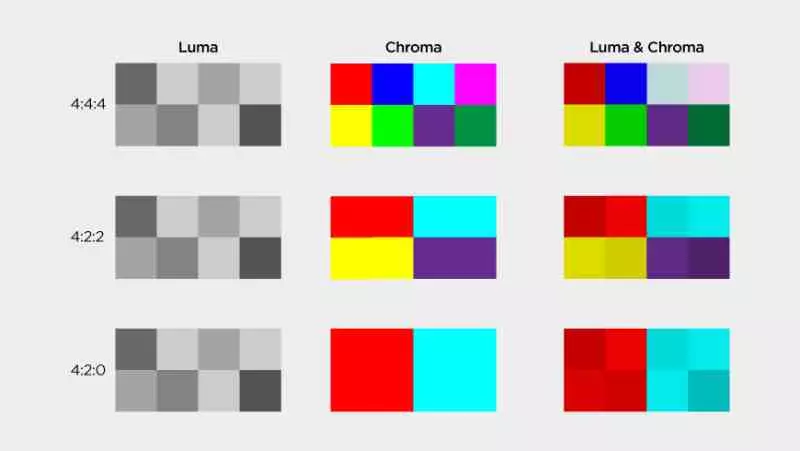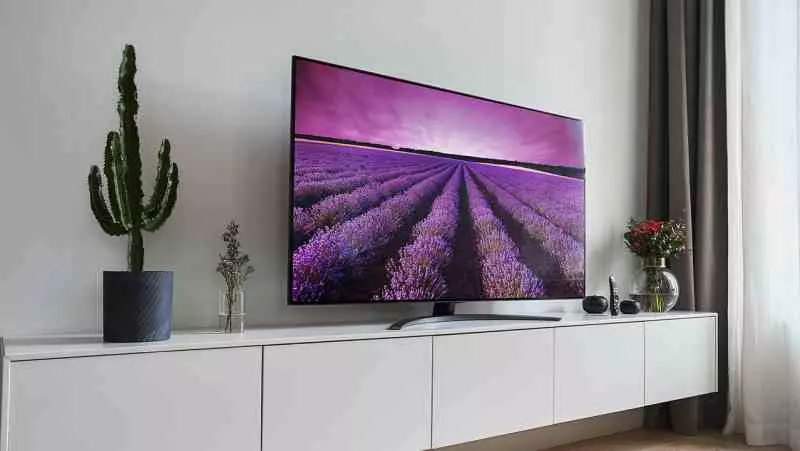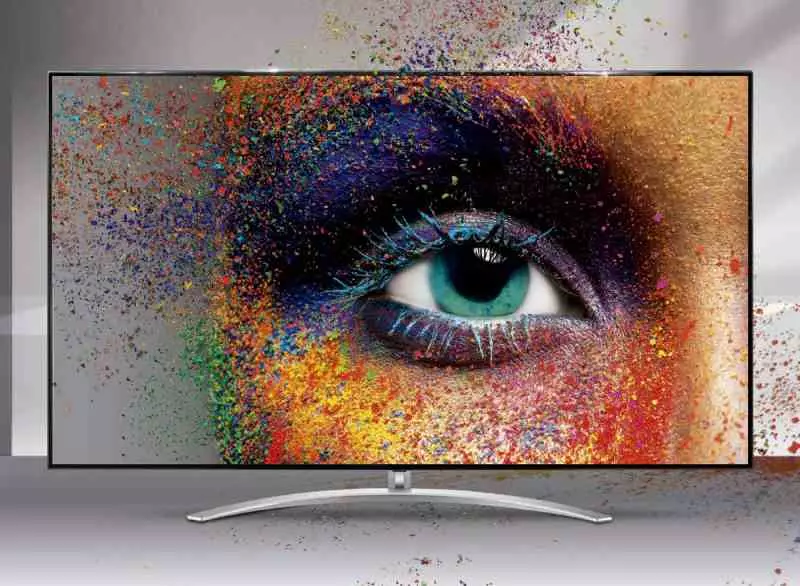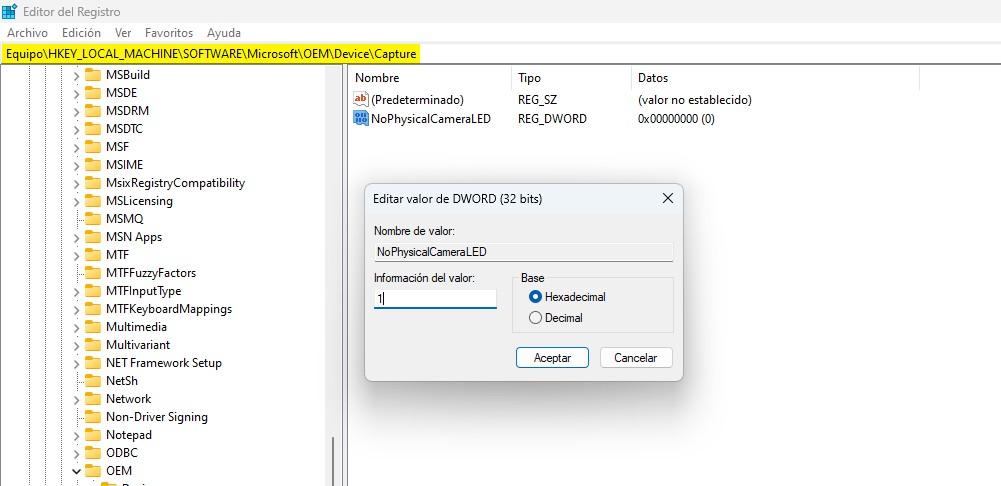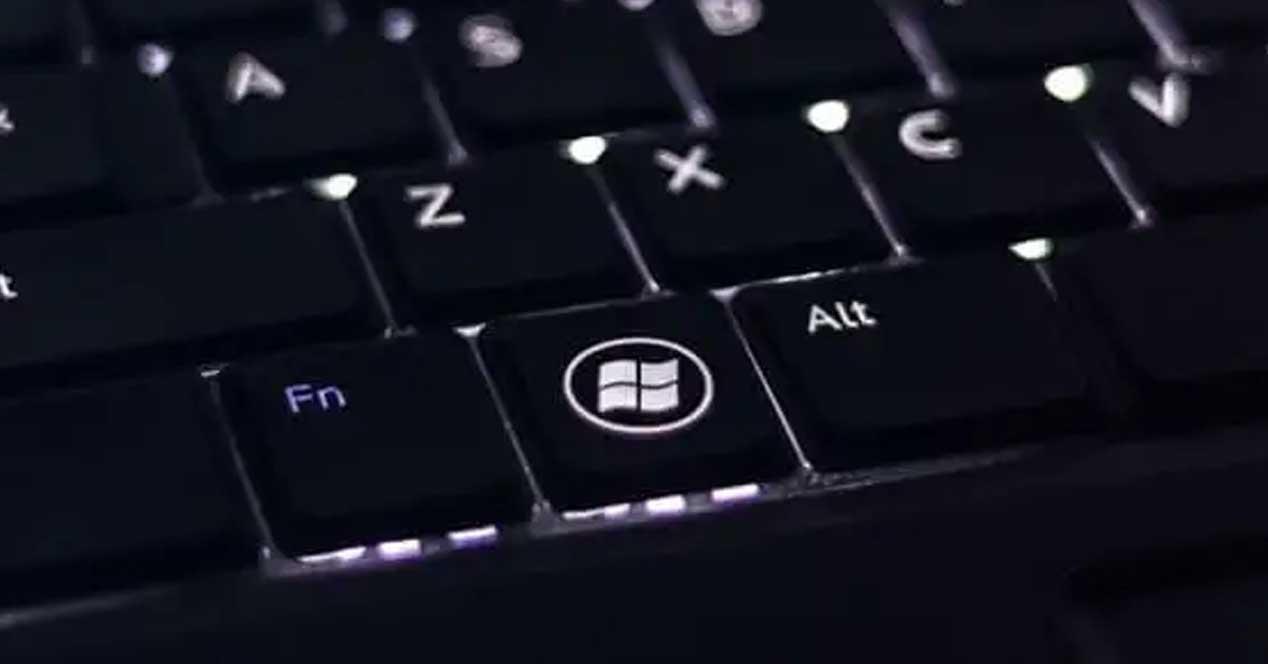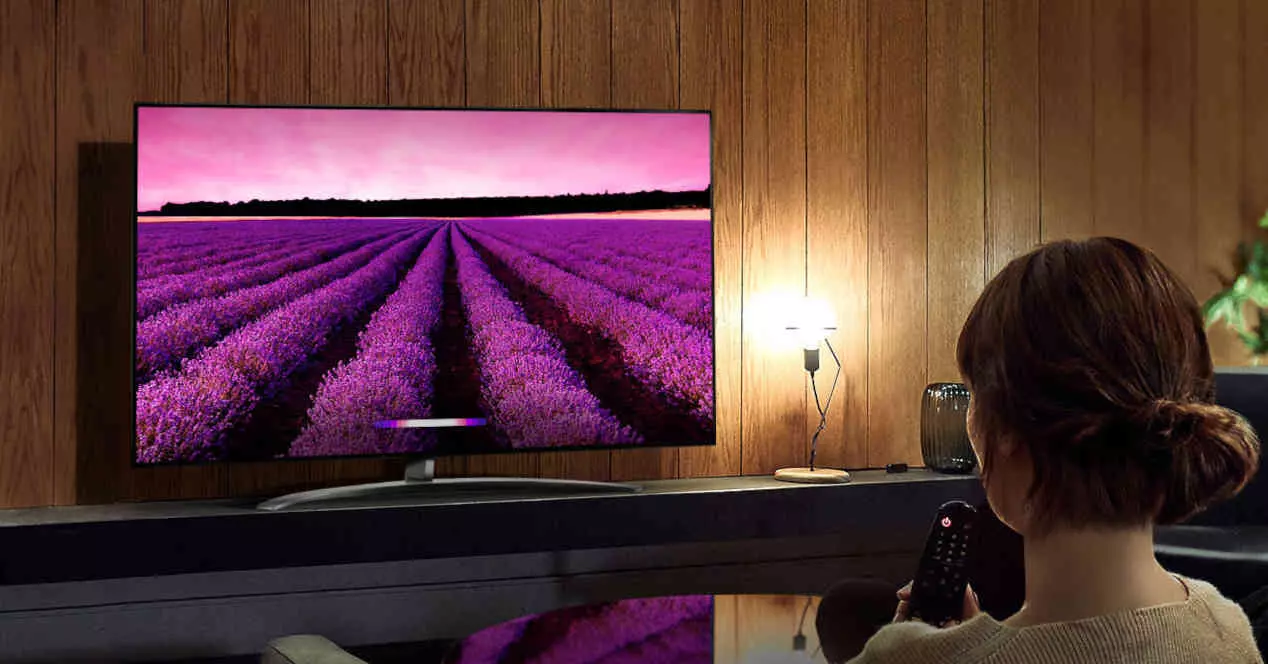
One of the problems that LCD screens carry dragging is the representation of color, an element in which they lose compared to the old CRT and OLED screens. What has made it become the obsession of television manufacturers in recent years, who have developed technologies to alleviate this problem. One of them being the so-called Nanocell developed by LG.
What defines the color of each pixel? Chrominance
Traditionally, all-screen colors are defined through three components, which are red, green, and blue. Which are on the color wheel at the same distance from each other. So even though we have sis basic colors where cyan, magenta and yellow are in positions between the other three colors, we really only need to define a color with the first three components.
Tube televisions acquired color by varying the voltage, OLED and LCD televisions what they do is give each pixel a color, but they actually do it using several subpixels, which in a combined way form the different colors that are on the screen. Current televisions are HDR and depending on the standard they use we can speak of up to 248 different colors. Which is an unimaginable quality and many of those colors you will not see in your life.
But, one of the problems surrounding both LCD and OLED screens is the fact that the density per pixel per inch is so great that the sub-pixels of each color component are glued together. This means that the light they emit affects those next to them, distorting the color they show.
The other factor, luminance
The other element that defines screen color is luminance. Known as luma, which encodes the brightness of the image. As a curiosity in black and white televisions, only the luminance of each of the areas of the screen was shown. In color television and even today each color on the screen is not only represented by its chrominance value, but also by its luminance value. Which is coded jointly in the RGB values of each pixel.
Now, what would happen if we told you that luminance is poorly represented today? And no, you have not realized why our brain gives the result as good enough. Since we are facing an approximation, surely many of you have very clear images in your memory on your tube television. If they could rescue it and see again the content that you wear years ago, the world would fall on you.
Those of you who have worked in professional image editing will know the importance of colors being represented correctly on the screen. The problem with LCD and OLED screens? Plain and simple, each subpixel has its own luminance value and its light wave affects those next to it. The result? The colors are not represented as they are, but rather as an approximation of how they should be, which is a problem that most designers have to face.
What is Nanocell technology?
In recent months we have seen how among television brands there has been talk of a new type of panel, which makes use of a technology called Nanocell. Which promises better colors, which is the eternal promise of LCD and OLED panel manufacturers. But what is Nanocell technology?
Before we have commented how the proximity of the pixels to each other causes the light from the subpixels to end up affecting the nearby subpixels, distorting the color of the neighboring subpixels and thus the pixels. Keep in mind that as the screen resolution is increased, the distance between the pixels becomes shorter and therefore the problem becomes more apparent. The jump from a 1080p screen to a 4K screen means doubling the number of pixels per inch, a change that also occurs from 4K to 8K.
Therefore, the development of a technology that avoids this problem was necessary and one of the technologies designed to solve this problem is Nanocell technology. Which uses a light filter in each subpixel so that the light does not go beyond the pixel, so that it does not affect the adjacent pixels and that their values are not altered in the eyes of the viewer.
Advantages and disadvantages of Nanocell technology
The main advantage of Nanocell screens is that they are the worst enemy of OLED screens, since they offer an image quality almost on par with OLED screens and far superior to classic LCD screens, with an excellent viewing angle of 178º in both directions and without the burnout problem that OLED screens suffer.
Why are they a potential threat to OLEDs? Due to the fact that its panels offer the same image quality for half the price and without the associated problems of OLEDs, but they do not have the problem of fading of LCD screens. However, because it is an LCD technology, they require back lighting and this means that the chrominance and luminance of each color are not represented in the same way.
Some models of televisions with NanoCell implement what is called FALD or Full Array Local Dimming, which is designed to reduce the level of illumination in certain areas of the screen, to give a better representation of blacks. The combination of Nanocell + FALD give a better image quality and allow us to reach the qualities of OLED screens.
The only unresolved part of the Nanocell technology? Its higher energy consumption compared to OLEDs, which closes certain doors for its use in laptops, tablets and smartphones and hence it has not yet been standardized.
